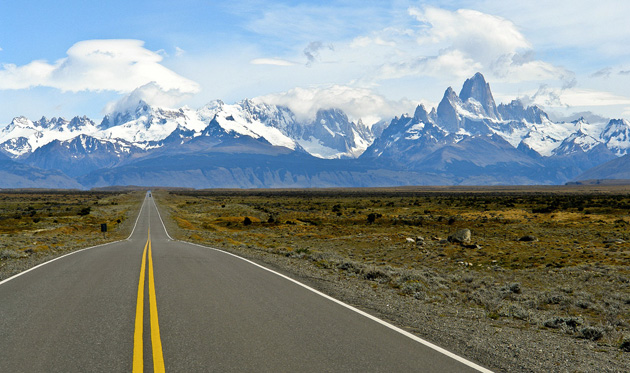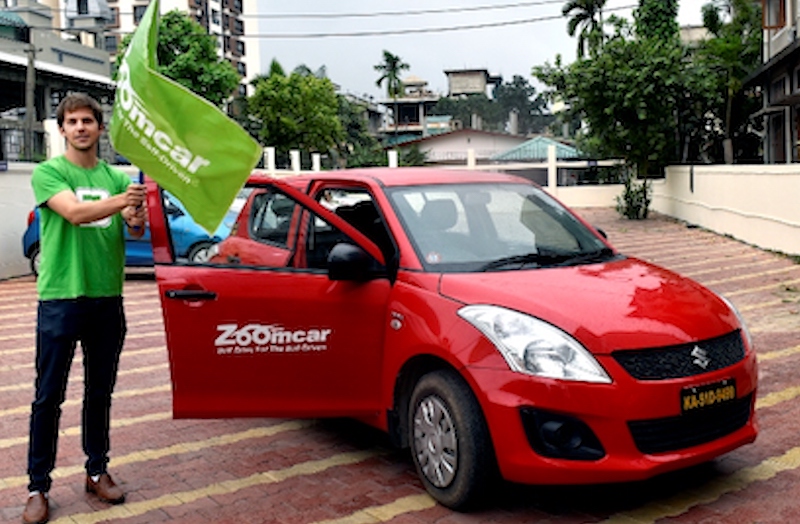If you’re looking for the ultimate road trip across South America, look no further than Route 40 Argentina—also known as Ruta Nacional 40. This legendary highway stretches over 5,200 kilometers, from Cabo Vírgenes in the windswept south of Santa Cruz Province to La Quiaca in the far north near Bolivia. It runs almost entirely parallel to the Andes Mountains, making it not just a transportation route but an immersive journey through Argentina’s diverse ecosystems, cultures, and climates.
Driving along Route 40 means experiencing Argentina in its rawest, most breathtaking form. You’ll pass towering glaciers, serene lakes, vast deserts, fertile vineyards, colonial towns, and high-altitude salt flats. More than a scenic drive, Route 40 is an adventure that challenges and rewards, blending natural wonder with rich heritage. This blog breaks down everything you need to know to plan and enjoy this once-in-a-lifetime journey.
Why Route 40 is One of the World’s Greatest Road Trips
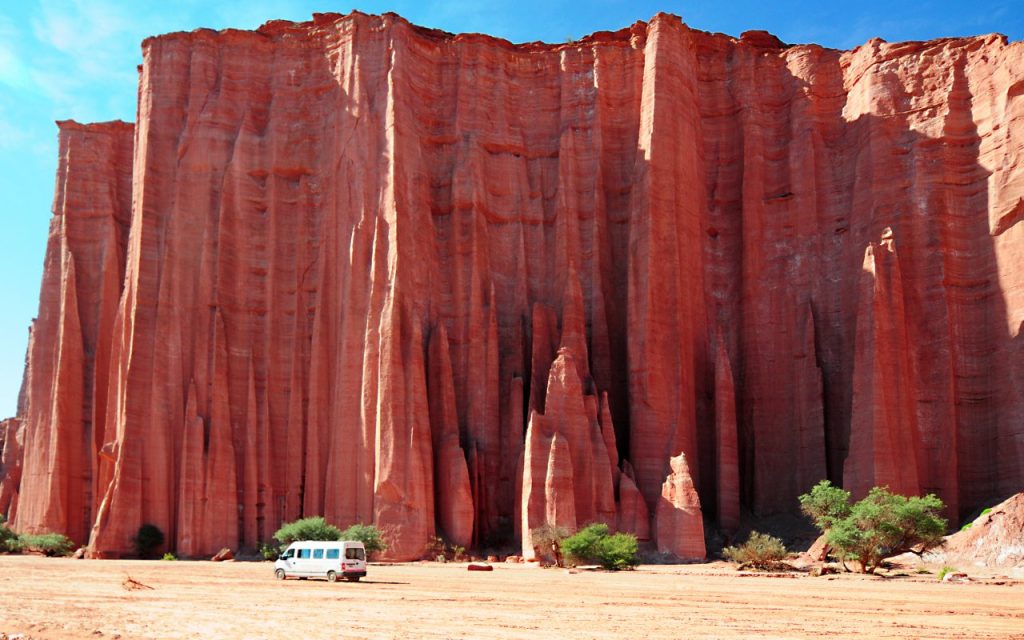
Route 40 isn’t just famous for its length—it’s famous for what it connects. Spanning the entire western length of Argentina, this road cuts through 11 provinces, 20 national parks, and countless villages, historic sites, and nature reserves. Unlike typical highways, it rises to over 5,000 meters above sea level in some parts, offering stunning panoramic views of the Andes, and drops into valleys where vineyards bask in sunshine and llamas roam.
What sets Route 40 apart is its variety. In the south, you’ll see Patagonian glaciers and turquoise lakes surrounded by pine forests. In the center, you’ll ride through Argentina’s wine country in Mendoza. In the north, red rock canyons, prehistoric cave art, and Andean culture take over. It’s a journey that transitions from ice to desert, from cities to complete solitude.
Starting the Journey: El Calafate and Perito Moreno Glacier
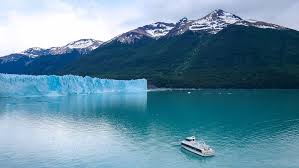
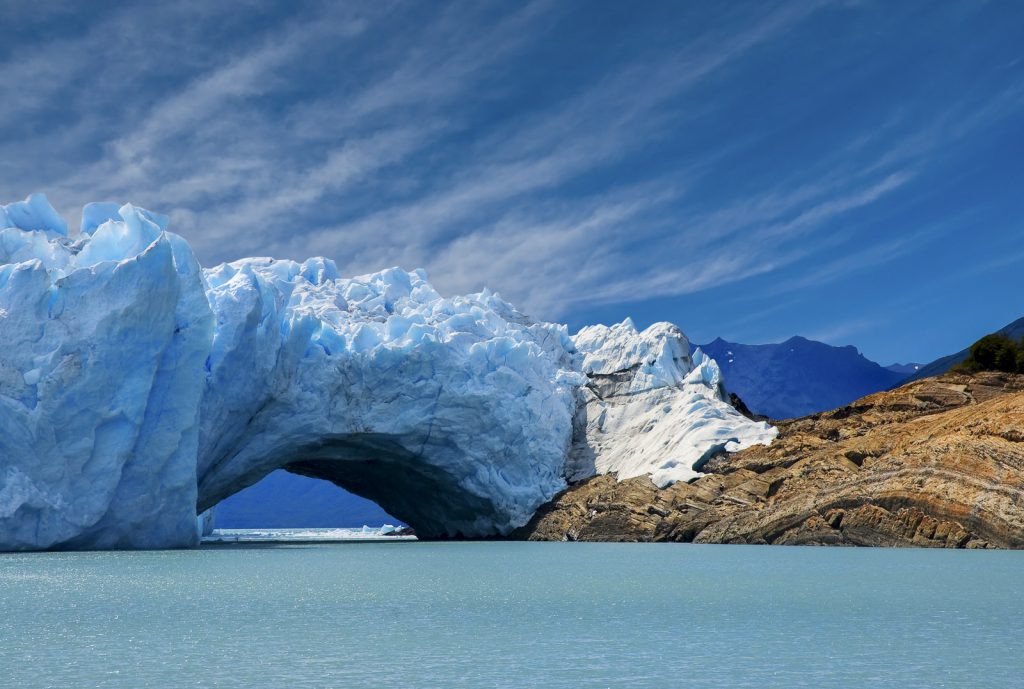
The most common starting point for those traveling south to north is El Calafate, a small city located near the southern tip of Argentina in Santa Cruz Province. This charming hub is the gateway to one of the most remarkable natural landmarks in South America: the Perito Moreno Glacier. Located in Los Glaciares National Park, this massive ice formation is a moving, cracking, groaning wall of blue ice that stretches over 250 square kilometers.
You can walk along well-maintained viewing platforms or take a boat cruise to witness the glacier calving into Lago Argentino. The spectacle is nothing short of surreal. But the area offers more than just ice—explore the steppe landscapes around El Calafate, take in the flamingos at Laguna Nimez, or warm up with Patagonian lamb at a local parrilla.
Trekking Paradise: El Chaltén and Mount Fitz Roy
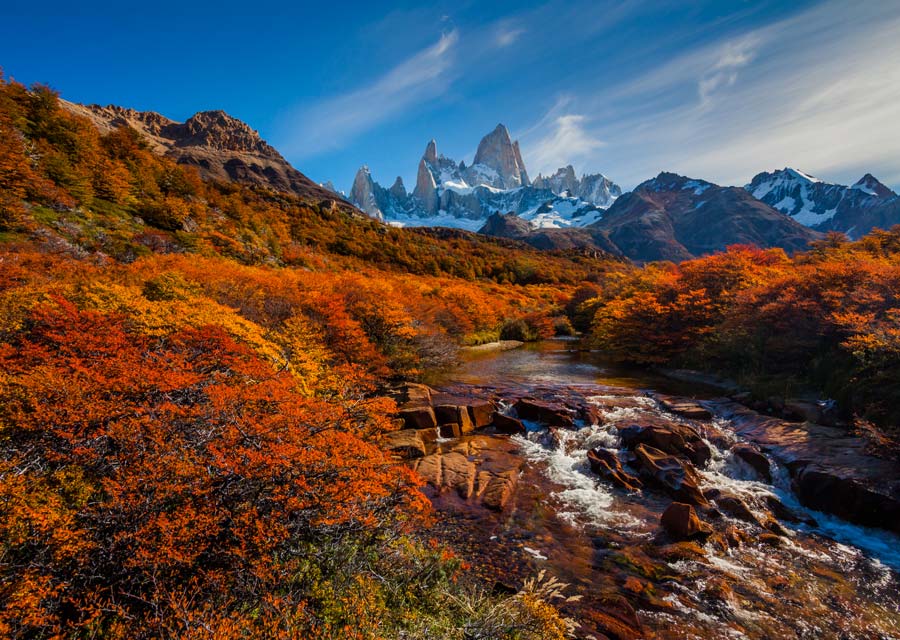
A couple of hours north lies El Chaltén, another must-visit destination on the southern stretch of Route 40. This village, founded in 1985, sits at the base of Mount Fitz Roy—a jagged, towering peak that challenges even experienced climbers. Known as the Trekking Capital of Argentina, El Chaltén offers an abundance of trails ranging from gentle hikes to multi-day adventures.
One of the most famous hikes is to Laguna de los Tres, where turquoise glacial waters mirror the dramatic silhouette of Fitz Roy. You can also explore Laguna Capri, Loma del Pliegue Tumbado, or even shorter trails to scenic waterfalls. The scenery here is dramatic: icy peaks, forests, alpine meadows, and wildlife like condors and foxes.
Discovering the Past: Cueva de las Manos
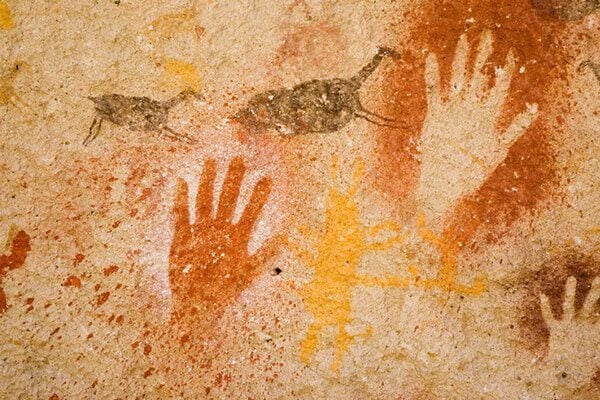
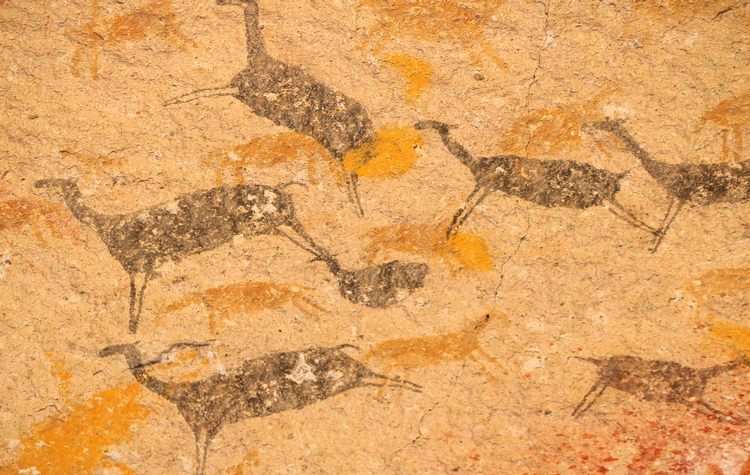
One of the most unique attractions along Route 40 is the Cueva de las Manos (Cave of the Hands), a UNESCO World Heritage Site located near the town of Perito Moreno (not to be confused with the glacier). This archaeological treasure contains rock art dating back over 9,000 years, created by the region’s earliest inhabitants.
Inside the canyon of the Río Pinturas, the cave walls are covered in vibrant, stenciled handprints—mostly left hands—alongside drawings of guanacos, hunting scenes, and geometric patterns. These markings were made using natural pigments and hollow bones to spray paint around the hand.
Lakes and Mountains: San Carlos de Bariloche

As you continue north into Río Negro Province, Route 40 brings you to the alpine town of Bariloche, nestled beside Lake Nahuel Huapi. Surrounded by mountains and forests, Bariloche is part of the Argentine Lake District, known for its natural beauty, skiing, hiking, and chocolate.
In winter, Cerro Catedral becomes a major ski destination. In summer, travelers can kayak, swim, or hike in Nahuel Huapi National Park. A highlight for many is the Circuito Chico, a short scenic drive that offers lookouts over lakes and snow-capped peaks. Ride the Cerro Campanario chairlift for one of the best panoramic views in Argentina.
Wine and Sun: Mendoza Wine Region

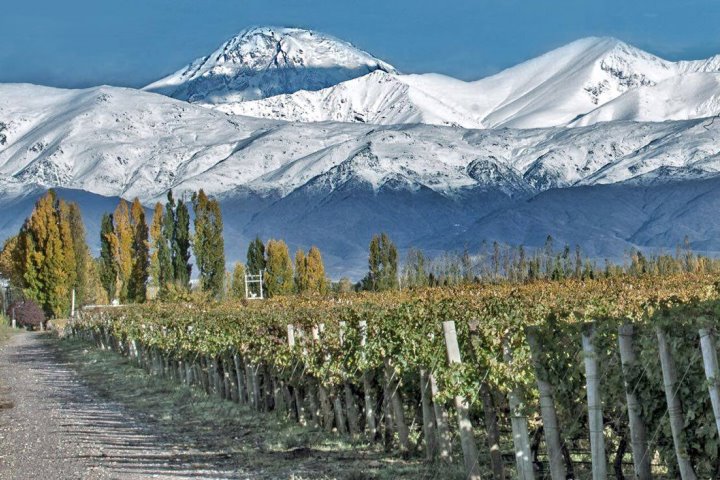
Midway through Route 40 lies Mendoza, Argentina’s premier wine region and a must-stop for any road tripper. Located at the foothills of the Andes, Mendoza boasts over 1,200 wineries, many of which offer tours, tastings, and even vineyard stays. The region is world-renowned for its Malbec wines, grown in sunny, high-altitude vineyards with meltwater from the Andes.
Popular subregions include Luján de Cuyo, Maipú, and the Uco Valley, where you can sip wines with the Andes in full view. Beyond wine, Mendoza offers opportunities for rafting, paragliding, and trekking—especially near Aconcagua, the tallest mountain in the Western Hemisphere.
Andean Culture and Canyon Colors: Salta and Jujuy

The final stretch of Route 40 in northern Argentina is nothing short of magical. As you enter Salta and Jujuy Provinces, the landscape shifts dramatically to red rock formations, vast valleys, and high-altitude deserts. Towns like Cachi, Molinos, and Cafayate are rich in colonial charm, local crafts, and Andean heritage.
Cafayate, in particular, is known for its Torrontés white wine and the nearby Quebrada de las Conchas, where natural erosion has carved out formations like the Amphitheater and Devil’s Throat. As you go further north into Jujuy, you’ll reach Purmamarca, a small village beneath the famous Cerro de los Siete Colores (Hill of Seven Colors). Just beyond lie the Salinas Grandes, Argentina’s vast salt flats at over 3,000 meters above sea level.
Final Thoughts: A Road Trip Like No Other
Route 40 Argentina isn’t just a scenic highway—it’s a journey across a continent-sized country, through every possible landscape and culture. It invites you to slow down, explore deeper, and appreciate both the vastness and the details that make Argentina so unique.
Whether you’re chasing glaciers in Patagonia, sipping wine in Mendoza, or wandering through ancient caves and salt deserts in the north, Route 40 will change how you see travel. It challenges comfort, rewards patience, and connects travelers with nature, culture, and people in ways few journeys can.

